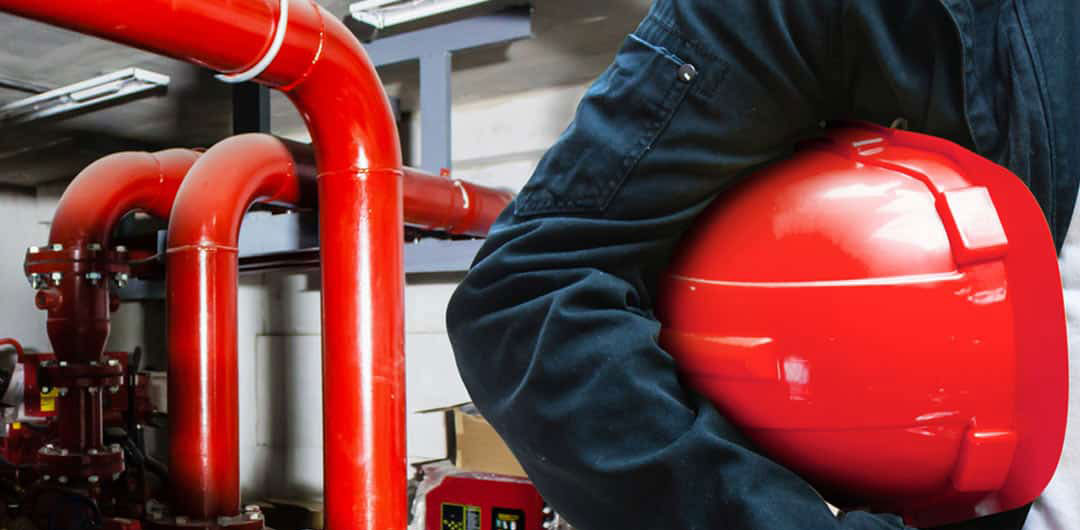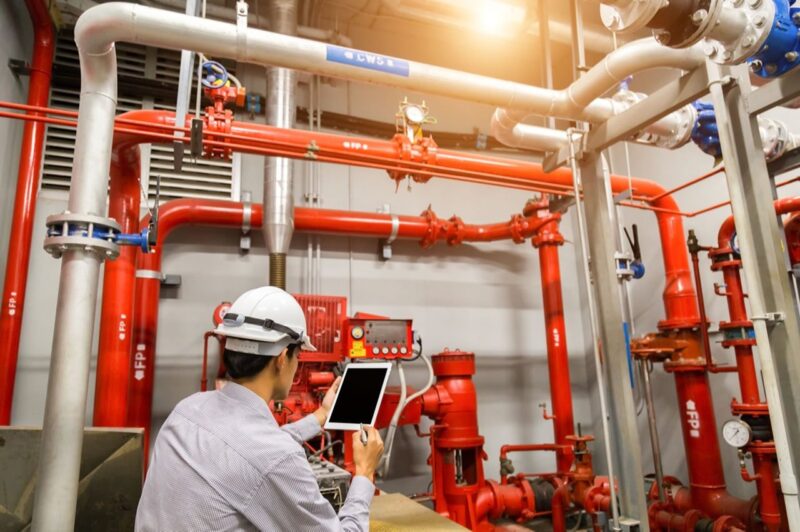In the evolving landscape of fire engineering design, the integration of precision numerical modelling emerges as a groundbreaking advancement. As we grapple with the complex realities of fire behavior, traditional methodologies often fall short, unable to predict the multifaceted interactions within built environments.
Enter numerical modelling, a sophisticated tool that harnesses computational power to simulate fire dynamics with remarkable accuracy. This innovative approach not only refines our understanding of flame spread, heat release, and smoke movement but also empowers engineers to design safer, more resilient structures.
By embracing these advanced techniques, fire engineering stands on the precipice of a new era, where data-driven insights guide the creation of inherently safer designs, ultimately safeguarding lives and property. The journey into numerical modelling is not just a technical leap; it is a paradigm shift that promises to reshape how we approach fire safety altogether.
Fundamentals of Fire Dynamics

Fire dynamics encompasses the intricate study of how fires develop, propagate, and interact with their environment. The process begins with ignition, where fuel, heat, and oxygen converge to spark a reaction—a symphony of chemical transformations unleashing energy in the form of heat and light.
As flames consume available materials, their behavior shifts, influenced by factors such as material properties, airflow, and temperature gradients. Understanding these dynamics is crucial, as they dictate the speed of fire spread and influence smoke production, which can adversely affect visibility and respiration.
Moreover, the interaction between structural elements and fire can lead to phenomena such as flashover, where a room suddenly ignites in unison, resulting in catastrophic consequences. Mastering these principles allows fire engineers to better anticipate fire behavior, designing more effective safety solutions that can mitigate risk and protect lives in the face of unpredictable fire scenarios.
Numerical Modelling Techniques

Numerical modelling techniques play a pivotal role in advancing fire engineering design, offering a sophisticated array of tools that cater to the multifaceted nature of fire behavior and its interaction with structures. Traditional methods often fall short, limited by oversimplifications that overlook the intricate dynamics of heat transfer, material properties, and fluid dynamics.
In contrast, contemporary numerical approaches, such as Computational Fluid Dynamics (CFD) and finite element analysis, facilitate deeper insights, enabling engineers to simulate scenarios with remarkable accuracy. These methods can unravel the complexities of fire spread, smoke movement, and structural integrity under thermal stress, allowing for a nuanced understanding that guides design modifications.
By integrating these techniques into the engineering process, professionals can devise innovative solutions that not only enhance safety but also optimize performance, ensuring that buildings meet stringent fire safety standards. As the landscape of fire engineering evolves, the implementation of advanced numerical modelling becomes not just beneficial, but essential, transforming how we approach the challenges posed by fire.
Conclusion
In conclusion, the integration of precision numerical modelling into fire engineering design represents a significant advancement in enhancing the safety and effectiveness of fire protection strategies. By employing sophisticated techniques like CFD modelling fire, engineers can simulate fire scenarios with remarkable accuracy, allowing for a deeper understanding of fire behavior and smoke movement within various environments. This innovative approach not only aids in optimizing building designs and evacuation plans but also supports regulatory compliance and risk assessment.
As the field of fire engineering continues to evolve, the reliance on advanced modelling techniques will be critical in developing more resilient structures and safeguarding lives. With ongoing research and technological developments, the future of fire engineering looks promising, paving the way for safer urban landscapes and enhanced fire safety standards.


